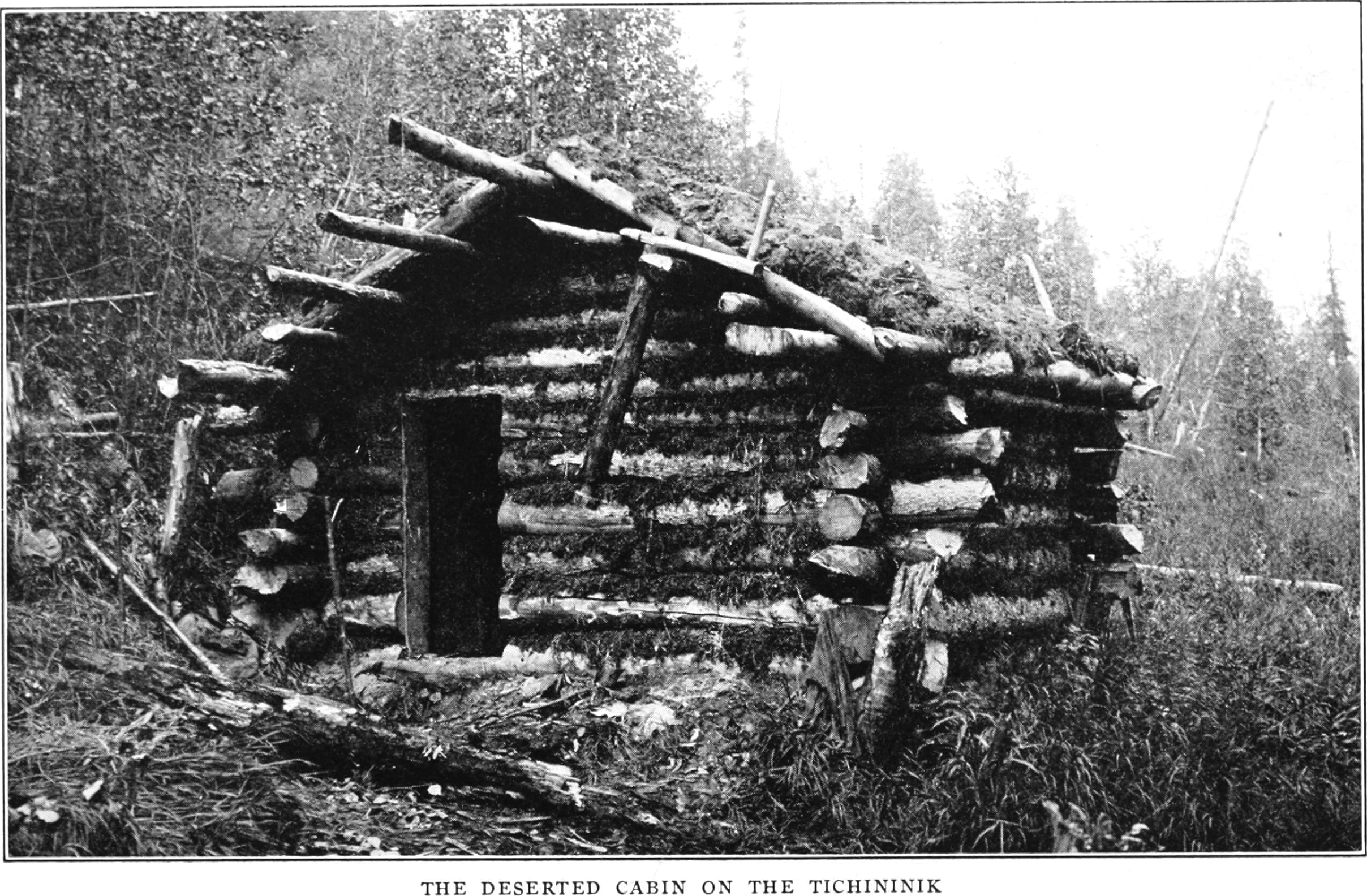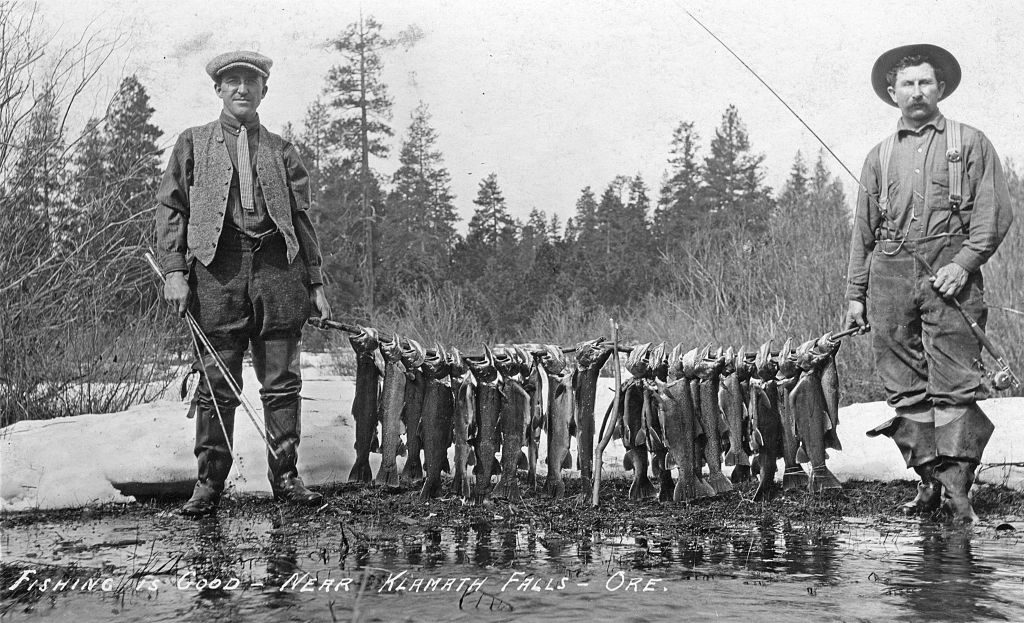This is the second installment in a series regarding the construction and outfitting of a wilderness camp from the book “Woodcraft” by E.H. Kreps, 1919. The instructions in this segment go over the initial construction of the cabin walls, floor, and placement of doors and windows. If you missed the first installment in the series, check that out also!
Read moreSelecting a location for a wilderness camp
The best place to start is at the beginning right? I found instructions documenting how to choose a location and take the first steps in making a wilderness camp in the book “Woodcraft” by E.H. Kreps, 1919. Since you don’t want to be starting a project like this in the dead of winter, I thought it would be interesting do installments on how to make and furnish a camp like this. This first section is on choosing a good location for camp and the general requirements thereof. If anyone has experience in this type of construction please comment with suggestions/improvements that you know of.
Camp recipes for Spider-Cake and Apple Slump

Even though I’m one of the people who the author of these recipes so aptly puts it “could not boil water without burning it,” I still take a keen interest in the camp recipes that I come across. I’ve found interesting recipes this summer, including those for slumgullion and snits and knepp, but these recipes for spider-cake, apple slump and pudding sauce come from “Camping and Camp Cooking” by Frank A. Bates (Matasiso), 1909
The author, Frank A. Bates, qualifies himself by saying his book “is the result of an experience of over twenty years, during which the writer has spent many months in the woods, and fitted out many other parties for their summer vacations. Over the camp fire, while discussing methods with other campers, or instructing the learner “how to do it,” he has been asked many times to put his ideas into shape for publication… it is his hope that everyone who takes this little book with him to camp, may enjoy himself to the limit.”
I found this quote from the introduction of Bates’ book amusing.
“We can live without Love – what is passion but pining? But where is the man who can live without dining?”
The following are interesting portions of the introduction to the book followed up by the recipes for spider-cake, apple slump and pudding sauce. Enjoy!
Living Off the Country by Fishing

Mountain Scouting, A Hand-Book for Officers and Soldiers on the Frontiers” by Edward S. Farrow, U.S. Army 1881, has been a useful resource for me. The book mentions that Edward S. Farrow was an Assistant Instructor of Tactics at the U.S. Army Military Academy, and formerly Commanding Indian Scouts in the Department of the Columbia. Interestingly, it also seems to be self published. That’s the first time I’ve seen that in a book from this time period but my journey into this research is just starting. A section of the book is titled “Living Off the Country,” which is where I found these tips for catching and cooking fish. Hope you enjoy!
How to stay warm at night in a tent
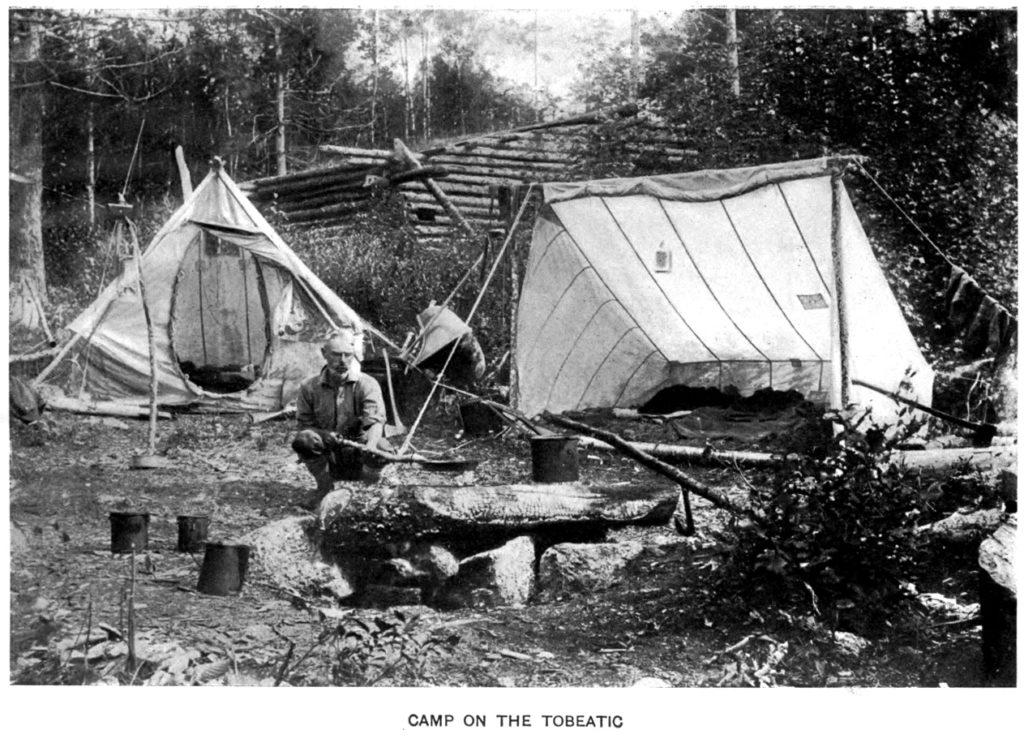
These tips on how to stay warm at night in a tent were taken from “The Complete American and Canadian Sportsman’s Encyclopedia of Valuable Instruction,” by “Buzzacott” – Revised edition, 1913. It was interesting that even in those times, the danger of forest fires was acknowledged and safety considerations pointed out, as in only having campfires in areas where it was safe to do so and wouldn’t risk starting a forest fire. Using iron pails seemed to be the norm. Another consideration, modern tents have floors or at least tarps put down underneath, so these methods would only work in tents with dirt floors. I’d be curious to know from anyone reading to the end if they’ve ever heard of anyone being “Moonstruck” besides Cher.
Camp recipes for Slumgullion and Snits and Knepp

As promised, here are some more camp cooking recipes. I found recipes for Slumgullion and Snits and Knepp in “Camp Cookery” by Horace Kephart, 1910. On a sidenote, I thought it was interesting that this book was dedicated to “Mistress Bob – Who taught me some clever expedients of backwoods cookery that are lost arts wherever the old forest has been leveled.”
There was also an interesting foreward…
“The less a man carries in his pack, the more he must carry in his head. A camper cannot go by recipe alone. It is best for him to carry sound general principles in his head, and recipes in his pocket. The simpler the outfit, the more skill it takes to manage it, and the more please one gets in his achievements.”
Read until the end of the story to find out how not to make your dough “sad.”
Due to the name alone, I had to take a look at this recipe for Slumgullion.
The use of Signals and Indian Signs
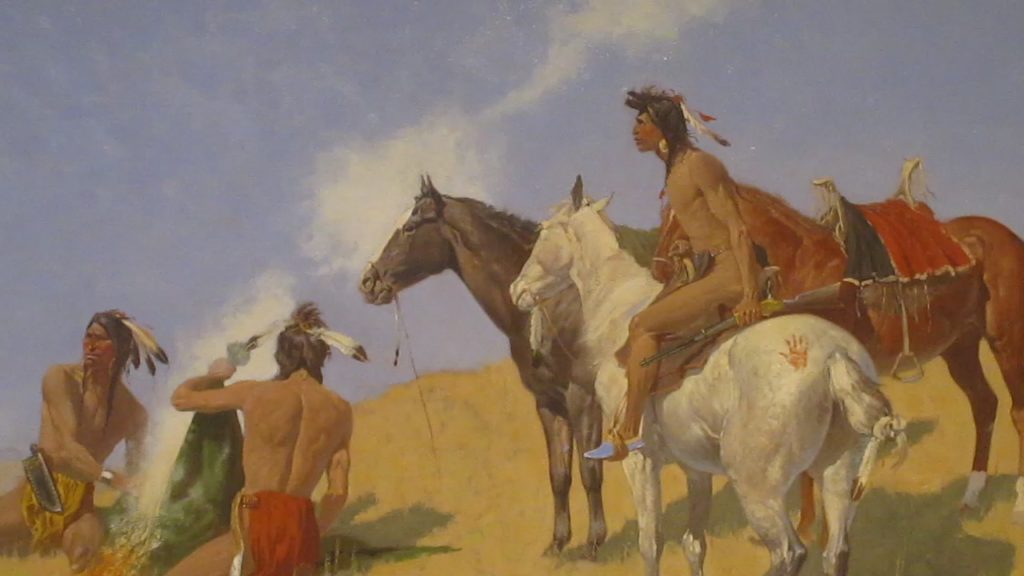
Without modern forms of communication, a system of signals would take on great importance. In ages past, there were common signals that were in use but with the passage of time they have been forgotten or have been sidelined. The subject of signaling in the wilderness has been referenced before on this blog but this detailed account of the use of signals was interesting. I found these in “The Book of Woodcraft and Indian Lore” by Ernest Thompson Seton, 1912. Growing up in Tennessee, I had heard of the signal used by Indians where tree branches were broken and turned to mark a path but the rest of the signals in this collection were new to me.
How to make temporary camps in the wilderness
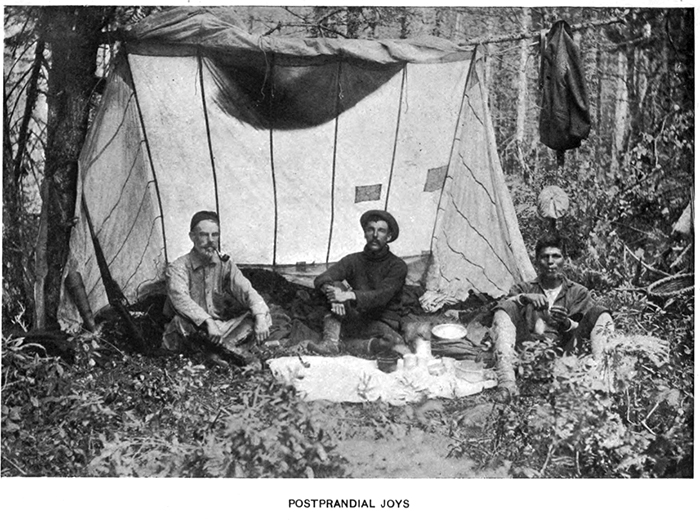
There is a time and place for making temporary camps. When the situation has changed quickly or you just took the moment to seize the day, these tips on sheltering may come in handy from “The Way of the Woods, A Manual for Sportsmen in Northeastern United States and Canada,” by Edward Breck, 1908.
How to make a horse-hair fish line
How to make Brunswick Stew
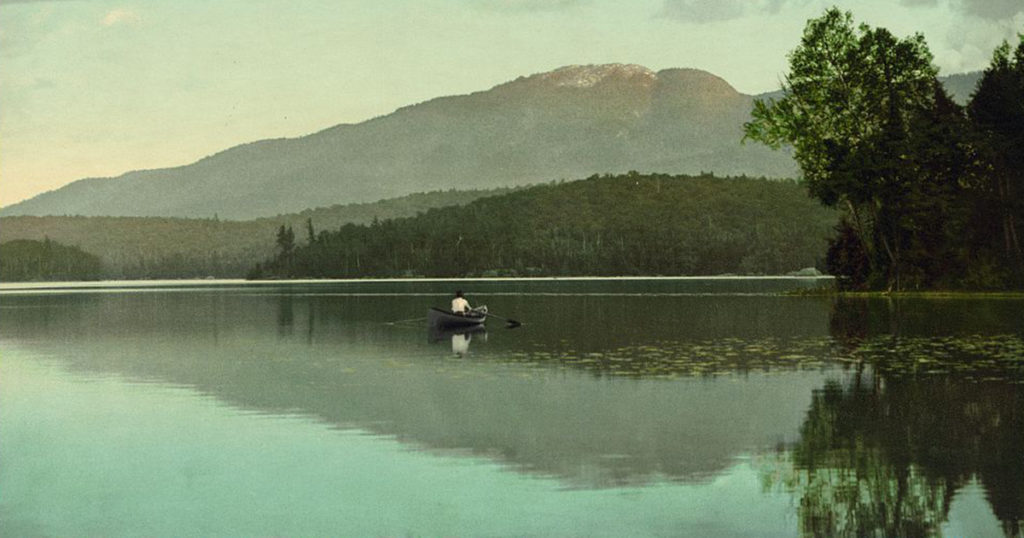
This recipe for Brunswick Stew comes from “Canoe and Camp Cookery: A Practical Cook Book for Canoeists, Corinthian Sailors and Outers” by “Seneca” 1885. It mentions that “This is a favorite Virginia dish, of which the compiler of this book has eaten, but which he has never cooked. The recipe here given is said by an old Virginian to be reliable.” I would imagine that chicken could be substituted for squirrel.

